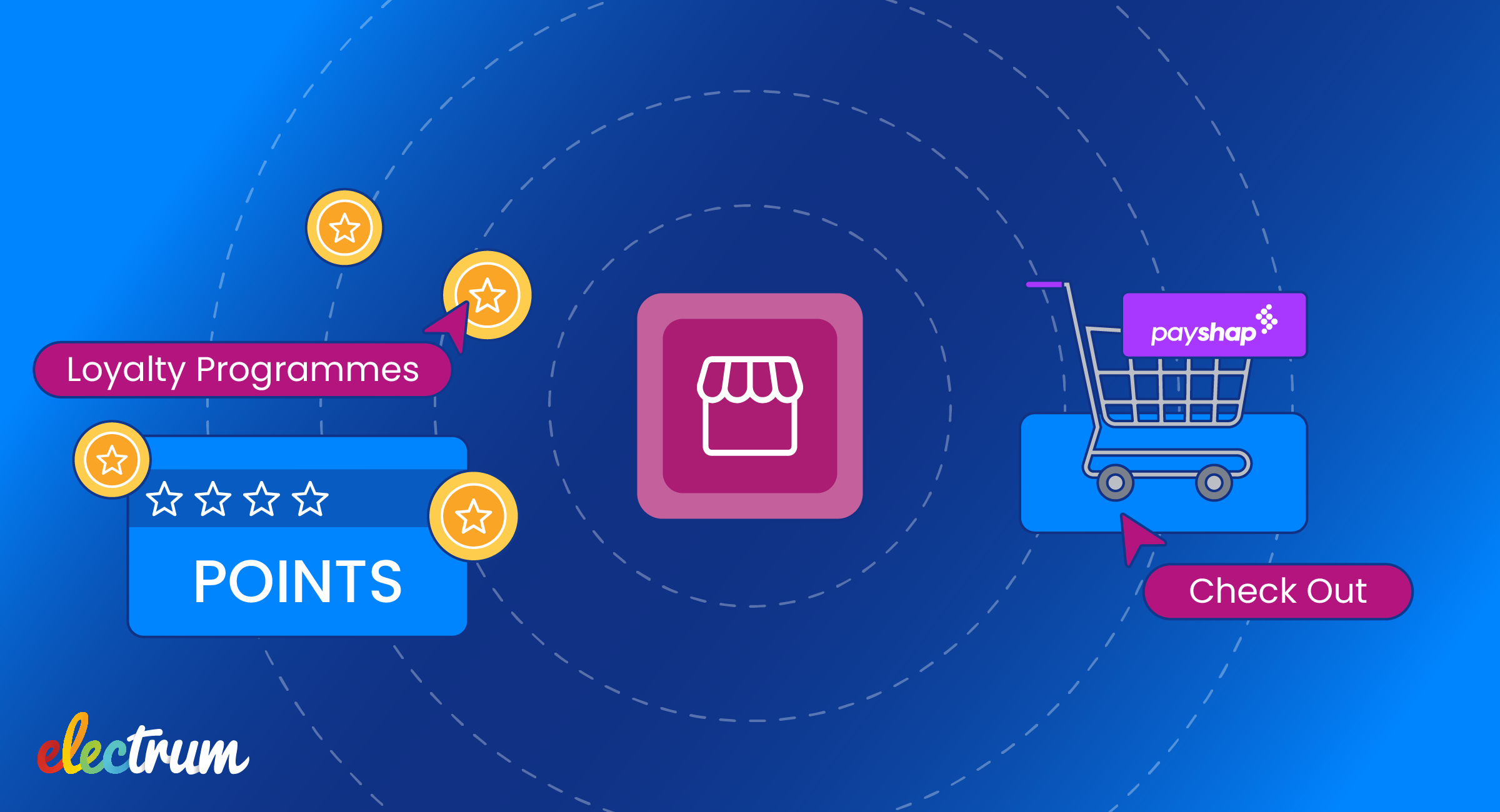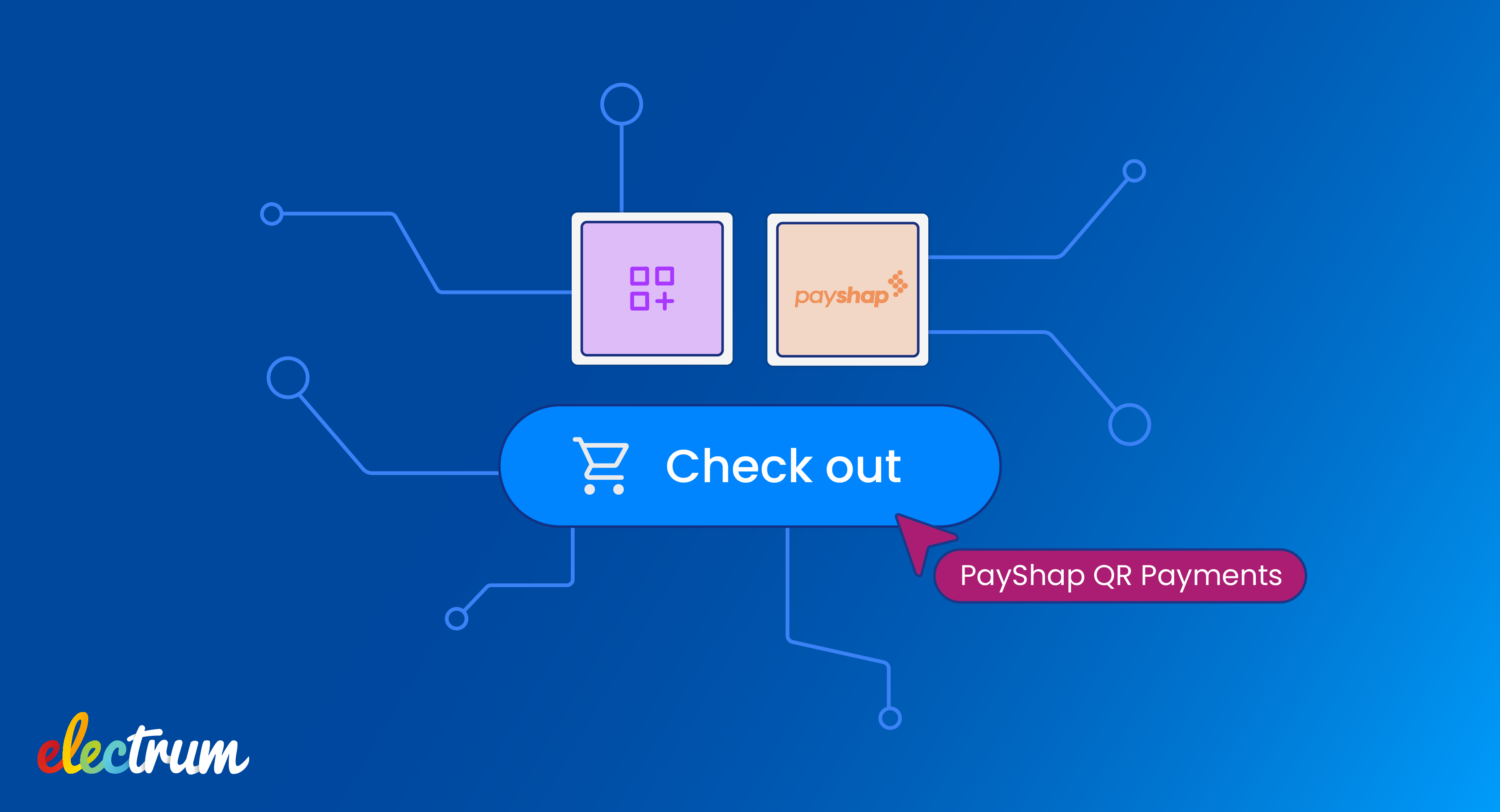
Brazil and India have spearheaded instant payment adoption across the globe. In 2023, instant payments surpassed card payments in Brazil and India recorded over 100 billion transactions. With South Africa’s PayShap in its early stages, what can we learn from PIX and UPI adoption strategies to ensure that PayShap is an inspiring success story?
South Africa boasts one of the most sophisticated banking systems in the world and has led payments modernisation across the continent. In 2023, PayShap was launched, an instant payment system equivalent to fellow BRICS members’ Brazil PIX and India UPI. A year later, PayShap has processed 14 million transactions worth R 9 billion and has been implemented by 10 banks.
Taking a look at how Brazil and India encouraged market adoption across the payment value chain can provide insight into how PayShap can achieve similar or greater market success here in South Africa.
Mandatory Participation
The Central Bank of Brazil (CBC) and the Reserve Bank of India (RBI) own PIX and UPI respectively, being directly involved in its build, implementation, and participation requirements.
Both regulators prioritise widespread access for their citizens. While the CBC mandates all Brazilian banks to join PIX, participation is restricted to banks. In contrast, RBI allows non-banks to join UPI resulting in fintechs such as PayTM and Google Pay being some of the most popular apps used for UPI.
In 2022, the South African Reserve Bank (SARB) released its stance on faster payments, emphasising that such systems should address identified payment needs rather than solely aiming to replace cash. Under the SARB’s directive, the Payments Association of South Africa (PASA), worked with local banks and BankservAfrica, to implement PayShap. Currently, participation in PayShap is optional, allowing remaining participants to adopt it at their own pace.
Similar to Brazil, participation is limited to banks only. However, there is potential for non-banks to join in the future under the oversight of the new Payment Industry Body (PIB) set to replace PASA and anticipated legislation changes. With the possibility of broader participation and increased competition, market adoption of PayShap may accelerate.
Motivating Merchants
The adoption of a new payment method relies heavily on market demand. Cash ecosystems are hard to change as cash offers immediate transactions without additional costs. South Africa is a particularly challenging market with high levels of distrust in digital payments and a high reliance on cash due to the informal economy.
Card ecosystems are easier to challenge, especially where there is opportunity to compete on pricing. PIX transaction fees for C2B payments is limited to 0.22% whereas debit card and credit card transaction fees can be up to 7 times higher. The lower fees incentivise merchants to push PIX payments.
Moreover, PIX allows users to pay merchants in instalments. In this model, the payment processor (a Brazilian bank) pays the merchant a discounted lump sum amount at the time of purchase and receives the instalments from the buyer. The flexibility, similar to buy-now-pay-later, increases merchant sales and encourages them to offer PIX at checkout.
QR codes play a significant role in increased merchant adoption in Brazil and India. Both PIX and UPI payments can be made via QR codes at POS terminals, simplifying instant transactions for merchants, which would otherwise take days through card acquiring methods. According to BCG, by the end of 2021, 30 million merchants across India accepted QR code payments.
South Africa’s card payments market is projected to reach R 2 trillion by 2025. In addition 50% of all digital payments in South Africa are contactless. With several QR code payment platforms in existence in addition to QR code-enabled banks, the country has a solid foundation for PayShap QR codes at storefronts.
Appealing to Users
Ultimately, market adoption of any payment method hinges on its affordability and accessibility for end consumers. Recognising this, the central banks of Brazil and India mandate that person-to-person (P2P) instant payments must be free of charge.
In PayShap’s case, TymeBank, the country’s first neobank, is the only participant that offers it for free across all transaction amounts (provided payments are made using a ShapID). That alone garnered a lot of attention from the market. While the remaining banks have time to recover investment costs, market share can be challenged as new players enter the space and offer more competitive pricing.
Item limits also impact usage. A flexible item limit means more volumes through the instant payments stream. In the case of PIX, participants are free to apply limits based on user risk profiles to combat anti-money laundering and terrorist financing. UPI, on the other hand, sets the item limit to 1 lakh rupees, roughly R 22 000. Higher thresholds are applied for non-retail transactions such as the capital market and insurance sectors.
In contrast, PayShap imposes a transaction limit of R3 000. Higher values up to R 5 million can be settled through EFT batch processing which is cheap but slow, or RTC which is fast but expensive. Possibly, as data on risk and consumer behaviour becomes available overtime, the item limit could be relaxed and provide opportunities for banks to compete on pricing.
Opportunities are endless to propel PayShap as South Africa’s preferred digital payment method. However, the crux of the matter is that a modern instant payment method is successful if it's free and all parties are mandated or incentivised to adopt it.
For real-time updates on PayShap, follow us on LinkedIn. You may also be interested in these related blogs:

Kganya Molefe
Kganya is a freelance Content Writer based in Johannesburg with experience in African Payments. When she’s not writing, Kganya enjoys journaling the old-fashioned way, listening to podcasts during her long walks, and passionately discussing the importance of low-cost, real-time, pan-African payment solutions with her friends and family.
Electrum Newsletter
Quarterly insights and news to help you keep up with the latest changes in the payments landscape







